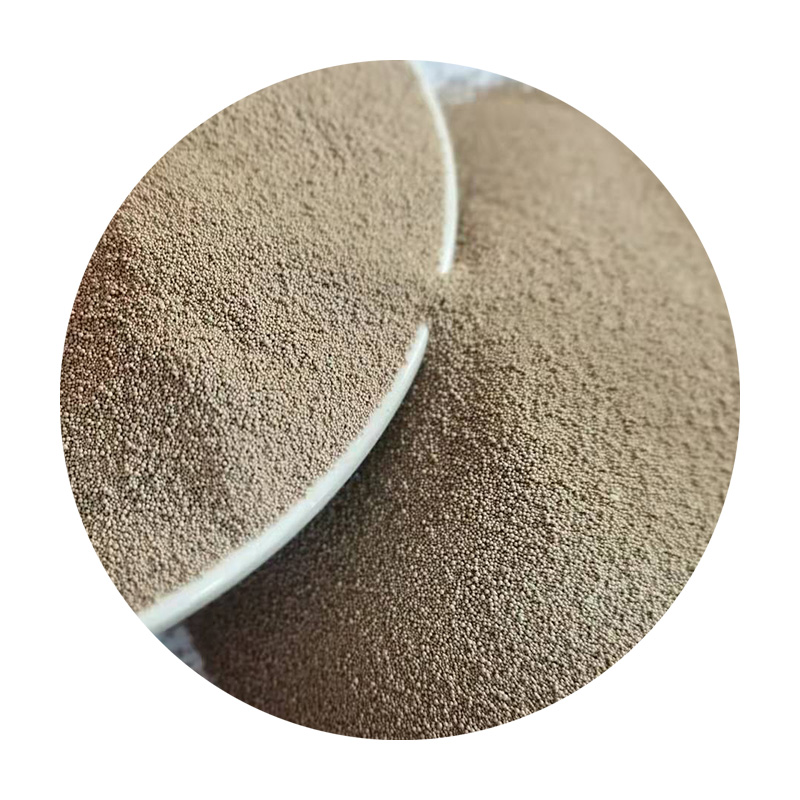Creating a Sanding Block A 3D Printing Journey
In the realm of DIY projects and crafting, few tools are as indispensable as a sanding block. This seemingly simple tool allows artisans to achieve smooth finishes, refine details, and prepare surfaces for painting or staining. In recent years, advancements in technology, particularly in 3D printing, have revolutionized how we can create such essential tools. In this article, we’ll explore the process of designing and 3D printing a sanding block, and the advantages of using this modern technique.
The Need for a Sanding Block
A sanding block aids in achieving uniform and consistent sanding results, especially on flat surfaces. Traditional sanding can be tedious and often leads to uneven wear on surfaces due to varying pressure applied by hand. The design of a sanding block ensures a stable grip and uniform pressure distribution, making it a preferred tool for woodworkers, model builders, and anyone involved in hands-on projects.
Design Considerations
When designing a sanding block for 3D printing, several factors should be considered
1. Ergonomics The shape of the sanding block should fit comfortably in the user's hand. Curved or contoured designs can help minimize hand fatigue during extended use.
2. Surface Area A larger surface area allows for more efficient sanding and reduces the likelihood of wear on the sandpaper.
3. Sandpaper Attachment The design should provide a secure method for attaching sandpaper. Some blocks incorporate clamps or friction fits to hold the sandpaper firmly in place.
4. Material Choice Ideally, the block should be printed with a durable material that can withstand the wear and tear of sanding. PLA (Polylactic Acid), while easy to print, might not be durable enough for extensive sanding. Using ABS (Acrylonitrile Butadiene Styrene) or PETG (Polyethylene Terephthalate Glycol-Modified) may provide better durability.
The 3D Printing Process
sanding block 3d print

Once the design is complete using CAD software such as Fusion 360 or TinkerCAD, the next step is preparing the 3D printer
1. Slicing the Model The 3D model needs to be converted into a format understandable by the 3D printer. This process, known as slicing, involves specifying settings such as layer height, print speed, and infill density.
2. Setting Up the Printer After slicing, the file is uploaded to the 3D printer. It's crucial to ensure that the printer is calibrated correctly to avoid issues such as warping or layer adhesion problems.
3. Printing the Block Once the printer is ready, it’s time for the magic to happen. The printer will follow the sliced model layer by layer, building up the sanding block.
4. Post-Processing After printing, the sanding block may require some finishing touches. This can involve removing support structures, sanding the block for a smoother finish, or painting it for aesthetic purposes.
Advantages of 3D Printing a Sanding Block
The primary advantage of creating a sanding block through 3D printing is customization. Users can design a block that precisely fits their specific needs, whether it’s size, shape, or a unique feature that enhances its functionality.
Moreover, 3D printing allows for rapid prototyping. If a design doesn’t work as planned, adjustments can be made quickly and the block can be reprinted without the need for extensive manual labor or raw materials.
Finally, 3D printing can significantly reduce waste. Traditional manufacturing methods often result in leftover materials, but with 3D printing, the material is used more efficiently, producing less scrap.
Conclusion
The evolution of sanding blocks through 3D printing offers exciting opportunities for creators. With the ability to design, customize, and produce tools tailored to specific tasks, artisans can enhance their efficiency and experience. Embracing this technology not only streamlines the tool-making process but also fosters creativity in crafting, allowing everyone from hobbyists to professionals to achieve exceptional results in their projects. So why not take the plunge into 3D printing your very own sanding block? The results could be a game-changer for your next project!
Post time:des. . 15, 2024 05:24
Next:kum kasını tanımla
